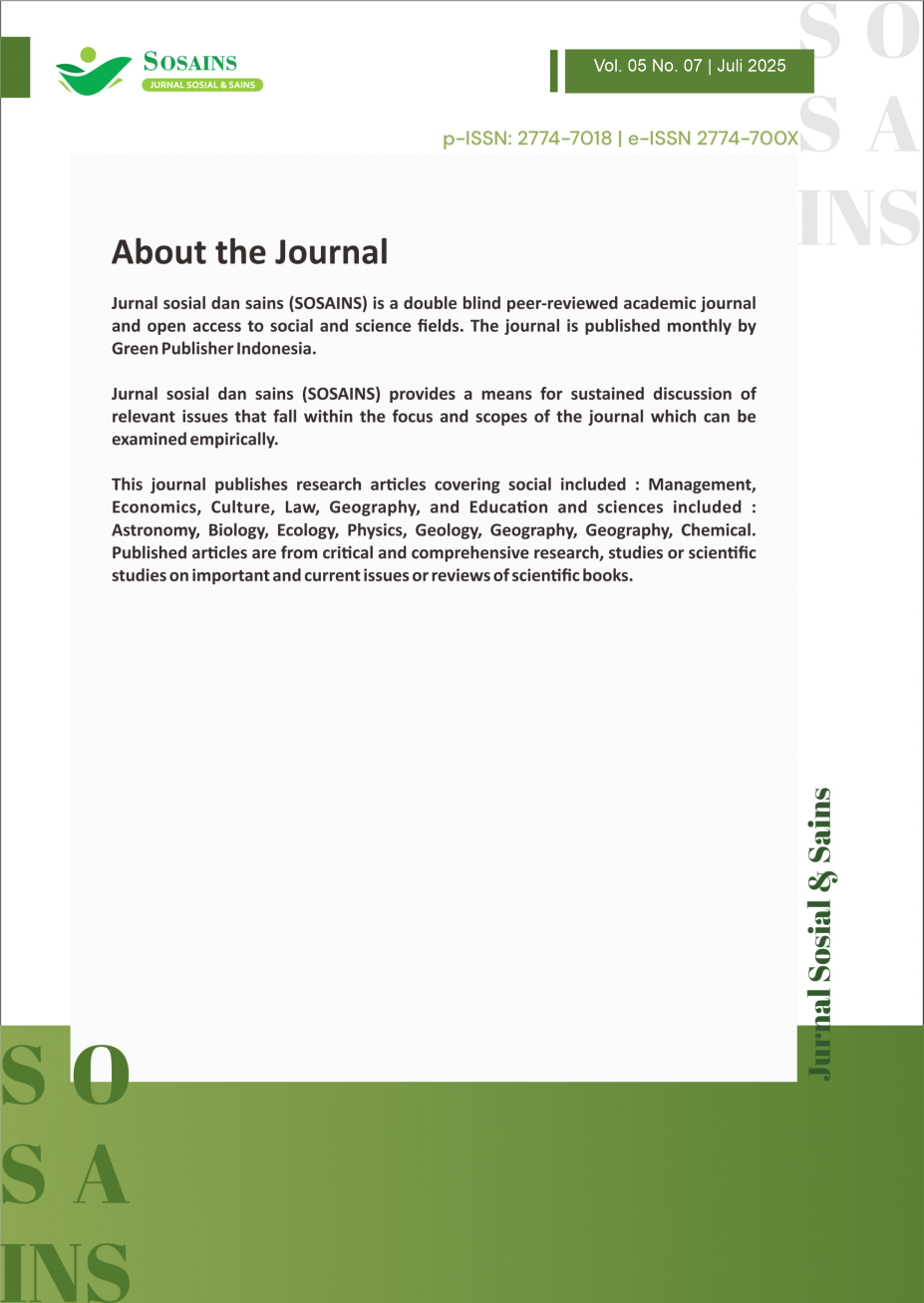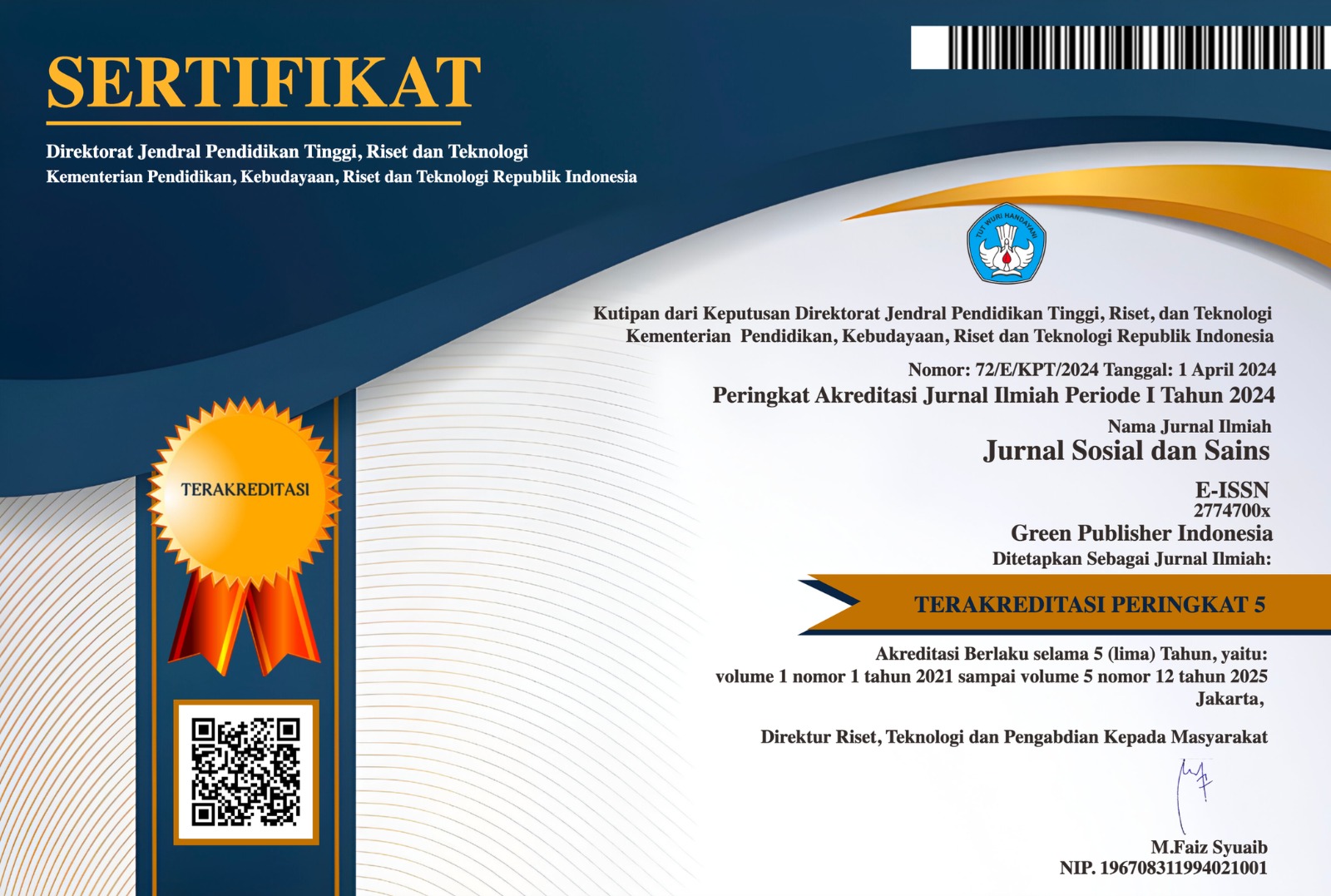Reducing Assets Misapropriation in Indonesia Mining Sector Through Fraud Risk Management and Internal Control
DOI:
https://doi.org/10.59188/jurnalsosains.v5i7.32396Keywords:
Fraud Risk Management, Internal Control, COSO, Fraud TriangleAbstract
This study aims to manage fraud risks related to asset misappropriation or other frauds with limited resources, aligned with the typical internal audit structure in the mining industry. DOID, a coal contractor and mining service provider, is part of the mining industry. Fraud risk management generally follows the internal control framework issued by COSO, which includes 5 components: control environment, risk assessment, control activities, information and communication, and monitoring activities. Currently, DOID focuses solely on control activities, where fraud risk management handles fraud cases directly based on reports received through fraud reporting channels. This research uses a qualitative approach with in-depth interviews of 5 informants who possess experience and expertise in fraud risk management within their organizations. The interview results, analyzed through axial coding, reveal that risk assessment is the most significant component in mitigating fraud risks, followed by monitoring activities. While control environment and information and communication are essential, they have less impact compared to the previous 2 components. To reduce reliance on control activities, effective integration of risk assessment and monitoring activities is necessary. Based on these findings, the study recommends that organizations identify high fraud risks (fraud risk assessment) and implement regular monitoring activities as preventive measures. This improvement aims to reduce control activities, enabling more efficient fraud case handling, considering that not all internal control components can be implemented simultaneously, ideally, or comprehensively within an organization.
Downloads
Published
How to Cite
Issue
Section
License
Copyright (c) 2025 Adam Razadin Indrajaya

This work is licensed under a Creative Commons Attribution-ShareAlike 4.0 International License.
Authors who publish with this journal agree to the following terms:
- Authors retain copyright and grant the journal right of first publication with the work simultaneously licensed under a Creative Commons Attribution-ShareAlike 4.0 International (CC-BY-SA). that allows others to share the work with an acknowledgement of the work's authorship and initial publication in this journal.
- Authors are able to enter into separate, additional contractual arrangements for the non-exclusive distribution of the journal's published version of the work (e.g., post it to an institutional repository or publish it in a book), with an acknowledgement of its initial publication in this journal.
- Authors are permitted and encouraged to post their work online (e.g., in institutional repositories or on their website) prior to and during the submission process, as it can lead to productive exchanges, as well as earlier and greater citation of published work.








